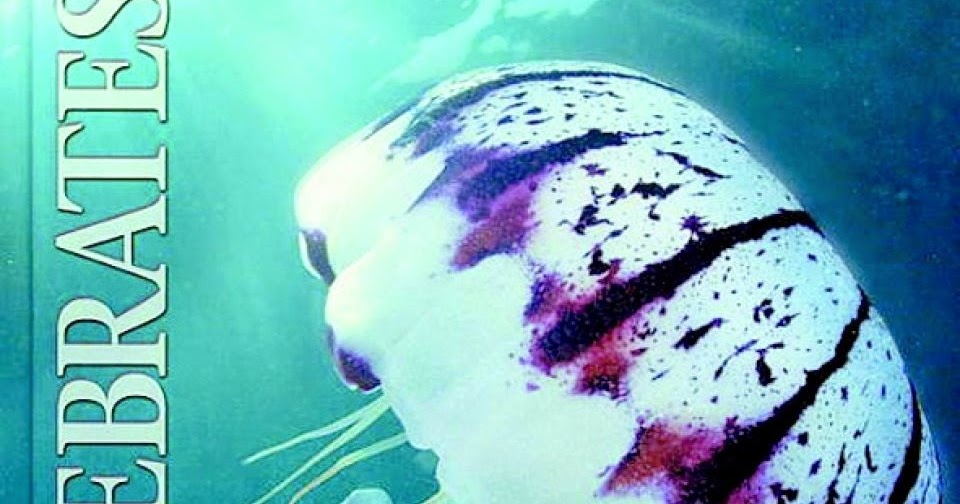- PDF On Jan 5, 2016, Richard C. Brusca and others published Invertebrates We use cookies to make interactions with our website easy and meaningful, to better understand the use of our services.
- Invertebrates third edition Slideshare uses cookies to improve functionality and performance, and to provide you with relevant advertising. If you continue browsing the site, you agree to the use of cookies on this website.
About this book
In the 12 years since publication of Invertebrates, Second Edition, fundamental shifts have occurred in our understanding of the origins and evolutionary relationships among protists and animals. These changes are largely due to the explosion of molecular phylogenetics and evo-devo research, emergence of the new field of animal genomics, major fossil discoveries in China, Australia, and elsewhere, and important new embryological and ultrastructural studies. As a result:
- New phyla have been described (e.g., Micrognathozoa, Xenacoelomorpha).
- Old phyla have been collapsed into others (e.g., Sipuncula and Echiura are now placed within Annelida; acanthocephalans are now known to be highly modified, parasitic rotifers).
- Phyla once thought to be deuterostomes are now part of the protostome clade (e.g., Chaetognatha, Phoronida, Bryozoa, Brachiopoda).
- The Protostomia has been reorganized into two major clades known as Ecdysozoa and Spiralia.
For each of the 32 currently recognized phyla, Invertebrates, Third Edition presents detailed classifications, revised taxonomic synopses, updated information on general biology and anatomy, and current phylogenetic hypotheses, organized with boxes and tables, and illustrated with abundant line drawings and new color photos. The chapters are organized around the “new animal phylogeny”, while introductory chapters provide basic background information on the general biology of invertebrates. Two new coauthors have been added to the writing team, and 22 additional invertebrate zoologists have contributed to chapter revisions. This benchmark volume on our modern views of invertebrate biology should be in every zoologist’s library.
Invertebrates 3rd Edition by Richard C. Brusca; Wendy Moore; Stephen M. Save up to 80% by choosing the eTextbook option for ISBN: 931,. The print version of this textbook is ISBN: 753,. ETextbook/eBook (This is not a physical book) Digital Product in PDF Format.
Contents

Brusca Invertebrates 3rd Edition Pdf 4shared
- Introduction
- Classification, Systematics, Phylogeny
- The Protists: Kingdom Protista
- Introduction to Metazoa: Animal Architecture
- Introduction to Metazoa: Animal Development, Life Histories, and Origins
- Introduction to the Animal Kingdom Two Basal Metazoan Phyla: Porifera and Placozoa
- Phylum Cnidaria: Anemones, Corals, Jellyfish, and Their Kin
- Phylum Ctenophora: The Comb Jellies
- Introduction to the Bilateria, and the Phylum Xenacoelomorpha: Triploblasty and Bilateral Symmetry Provide New Avenues for Animal Radiation
- Phylum Platyhelminthes: The Flatworms
- Four Enigmatic Protostome Phyla: Rhombozoa, Orthonectida, Chaetognatha, Gastrotricha
- Phylum Nemertea: The Ribbon Worms
- Phylum Mollusca: Snails, Clams, Cephalopods, and Their Kin
- Phylum Annelida: The Segmented (and Some Unsegmented) Worms
- Two Enigmatic Spiralian Phyla: Entoprocta and Cycliophora
- The Gnathifera: Phyla Gnathostomulida, Rotifera (including Acanthocephala), and Micrognathozoa
- The Lophophorates: Phyla Phoronida, Bryozoa, and Brachiopoda
- The Nematoida: Phyla Nematoda and Nematomorpha
- The Scalidophora: Phyla Kinorhyncha, Priapula, and Loricifera
- The Emergence of the Arthropods: Tardigrades, Onychophorans, and the Arthropod Body Plan
- Phylum Arthropoda: The Crustacea: Crabs, Shrimps, and Their Kin
- Phylum Arthropoda The Hexapoda: Insects and Their Kin
- Phylum Arthropoda The Myriapods: Centipedes, Millipedes, and Their Kin
- Phylum Arthropoda: The Chelicerata
- Introduction to Deuterostomes and the Phylum Echinodermata
- Phylum Hemichordata: Acorn Worms and Pterobranchs
- Phylum Chordata: Cephalochordata and Urochordata
- Perspectives on Invertebrate Phylogeny
Customer Reviews
Biography

Brusca Invertebrates 3rd Edition Pdf Download
Richard C. Brusca is Director of Conservation and Research at the Arizona-Sonora Desert Museum, and also holds adjunct research positions at the University of Arizona and CIAD (Centro de Investigacion en Alimentacion y Desarrollo), Mexico. He earned a B.S. at California State Polytechnic University, an M.Sc. at California State University (Los Angeles), and a Ph.D. at the University of Arizona. The author of over 100 research publications, including six books, Dr. Brusca is a widely recognized invertebrate zoologist, marine biologist, and Sea of Cortez and Sonoran Desert naturalist. He is a Fellow in both the American Association for the Advancement of Science and the Linnean Society (London). Dr. Brusca has been the recipient of research grants from numerous organizations, including the National Science Foundation, the National Oceanic and Atmospheric Administration, and the National Geographic Society.
Wendy Moore is Assistant Professor in the Department of Entomology at the University of Arizona and Curator of the University of Arizona Insect Collection. Her degrees were earned at Vanderbilt University (B.S., General Biology), the College of Charleston (M.S., Marine Biology), and the University of Arizona (Ph.D., Entomology/Ecology and Evolutionary Biology). Dr. Moore's long-term research interest is the evolution of biotic diversity – especially the evolution of symbiotic lifestyles and how major biotic, climatic, and tectonic events may have influenced the timing and patterns of diversification. Much of her current research is on the carabid beetle subfamily Paussinae, many species of which are obligate symbionts with ants. She is also deeply committed to collections care and enhancement, and the use of bioinformatics to make collections-based data widely available to diverse user communities.
Stephen M. Shuster is Professor of Invertebrate Zoology and Curator of Marine Invertebrates and Molluscs at Northern Arizona University. He earned a B.S. in Zoology from the University of Michigan, an M.S. in Biology from the University of New Mexico, and a Ph.D. in Zoology from the University of California, Berkeley. The author or coauthor of over 75 journal articles, encyclopedia entries, book reviews, and contributed book chapters, Dr. Shuster collaborated with Michael J. Wade on the book Mating Systems and Strategies (2003). His research broadly concerns mating system evolution, male and female reproductive behavior, community and ecosystem genetics, and the population biology of marine organisms. His recent work focuses on the measurement of selection within and among species, and the maintenance of genetic variation in natural populations of marine crustaceans and terrestrial arthropods.